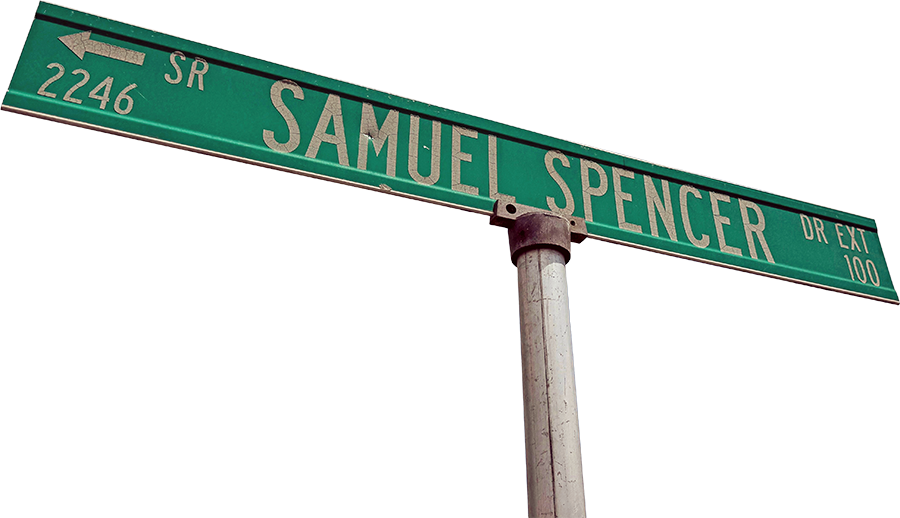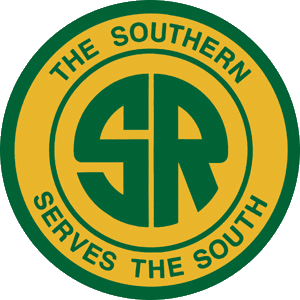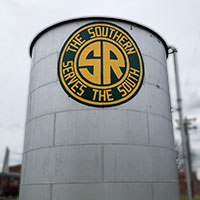 |
North Carolina Transportation Museum Museum Strcutures |
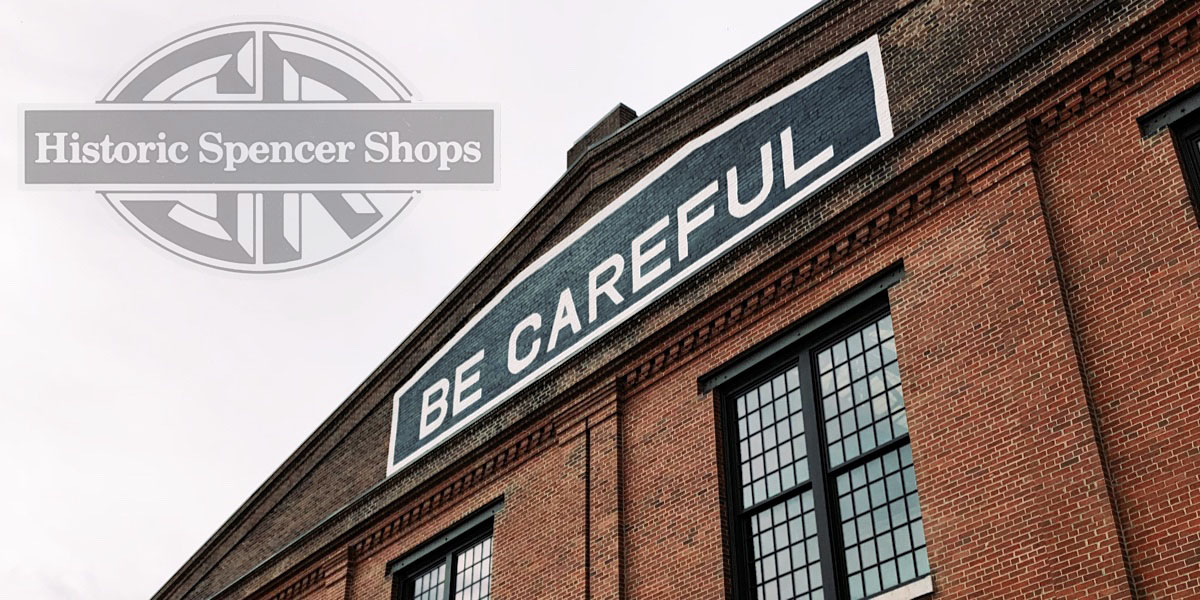
Mar 2018 / RWH

Spencer, NC / Apr 2025 / RWH

collection

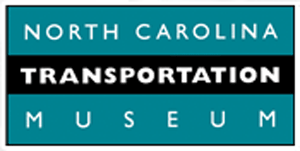
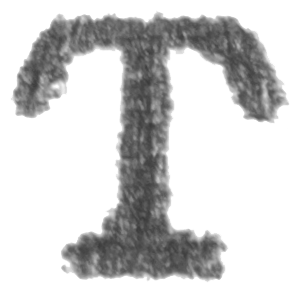 he North Carolina Transportation Museum is a historic site, once home to Southern Railway’s largest steam locomotive repair facility in the southeast, and a museum featuring all types of transportation history – railroading, automotive, aviation, and more.
Historic structures include Barber Junction Depot, an authentic train station built in 1898 that serves as the museum’s Visitor Center. The Bob Julian Roundhouse is the largest remaining roundhouse in North America, and is home to locomotives, passenger rail cars, and a full-size replica Wright Flyer. The massive Back Shop, where steam locomotives were once completely overhauled, now houses rail cars of the past, antique automobiles, fire trucks, and the restoration of the Piedmont Airlines’ Potomac Pacemaker DC-3. The Flue Shop houses the museum’s Bumper to Bumper automotive exhibit.
he North Carolina Transportation Museum is a historic site, once home to Southern Railway’s largest steam locomotive repair facility in the southeast, and a museum featuring all types of transportation history – railroading, automotive, aviation, and more.
Historic structures include Barber Junction Depot, an authentic train station built in 1898 that serves as the museum’s Visitor Center. The Bob Julian Roundhouse is the largest remaining roundhouse in North America, and is home to locomotives, passenger rail cars, and a full-size replica Wright Flyer. The massive Back Shop, where steam locomotives were once completely overhauled, now houses rail cars of the past, antique automobiles, fire trucks, and the restoration of the Piedmont Airlines’ Potomac Pacemaker DC-3. The Flue Shop houses the museum’s Bumper to Bumper automotive exhibit.

NCTM overhead / Google Maps

NCTM overhead / Google Maps
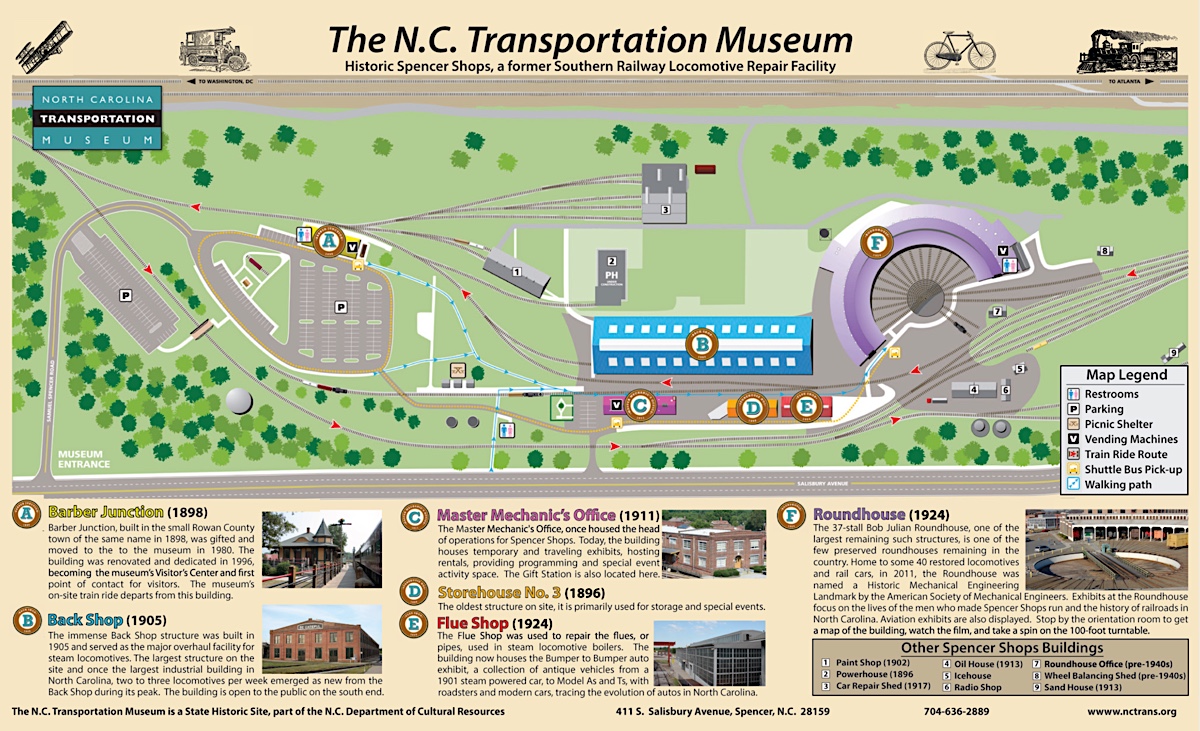
2019 brochure / collection
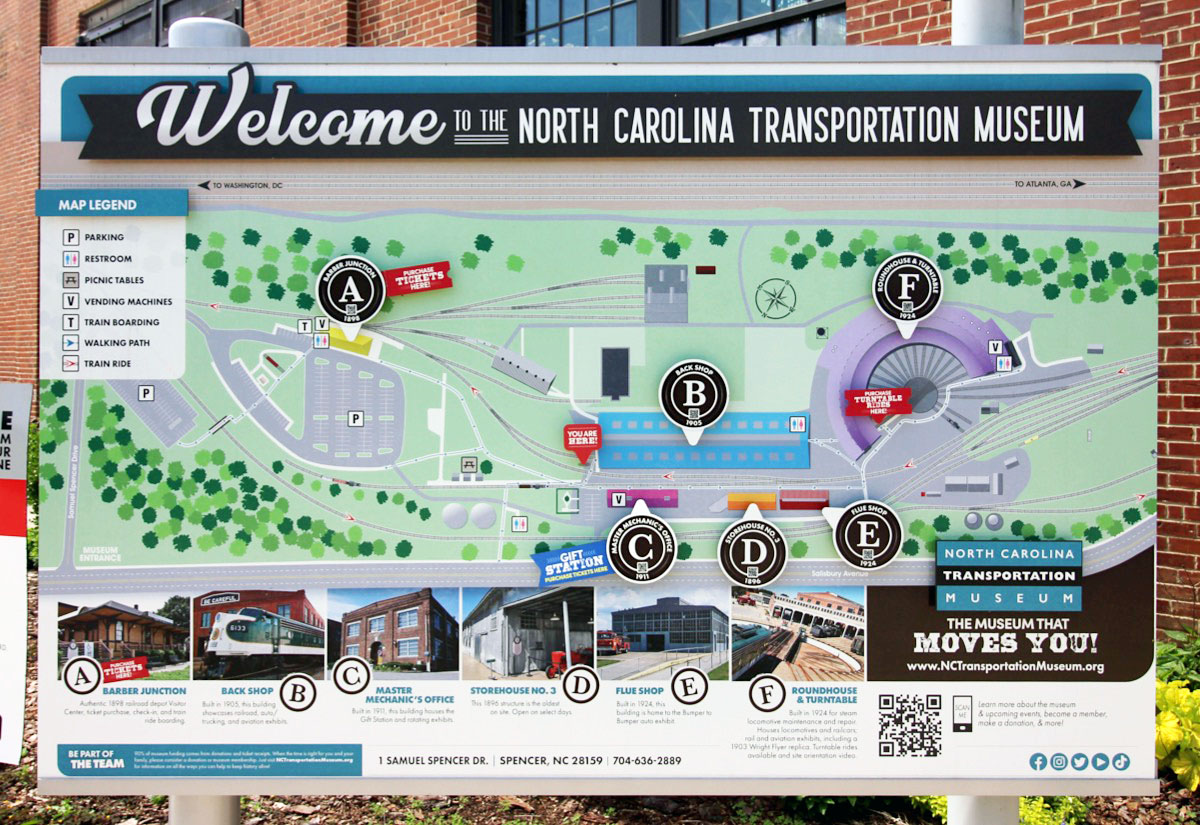
Apr 2025 / RWH
 Barber Junction depot
Barber Junction depot
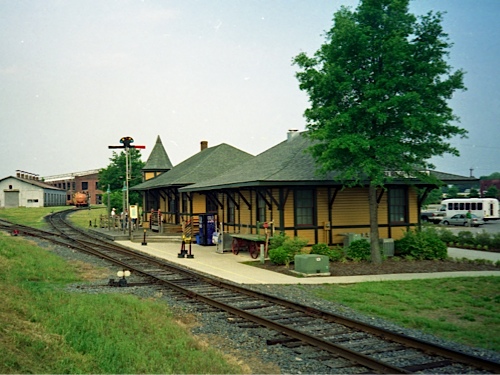
Spencer, NC / May 2001 / JCH
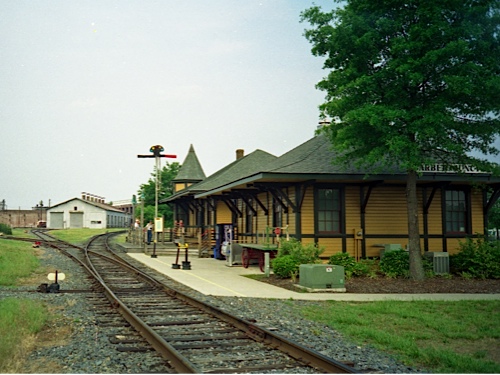
Spencer, NC / May 2001 / JCH

 he first stop is the Barber Junction Visitor Center, an authentic train depot built in 1898 that was moved to the museum in 1980 from the nearby town of Barber, NC. This is the gateway to fun and excitement at the N.C. Transportation Museum. Get your tickets here for train rides around the site, and pick up information about tours and exhibits.
he first stop is the Barber Junction Visitor Center, an authentic train depot built in 1898 that was moved to the museum in 1980 from the nearby town of Barber, NC. This is the gateway to fun and excitement at the N.C. Transportation Museum. Get your tickets here for train rides around the site, and pick up information about tours and exhibits.

Spencer, NC / Mar 2018 / RWH

Mar 2018 / RWH
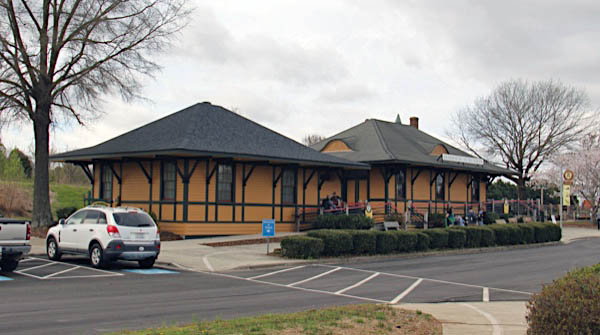
Spencer, NC / Mar 2018 / RWH
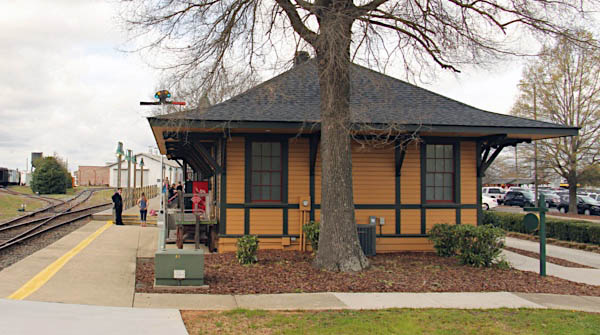
Spencer, NC / Mar 2018 / RWH
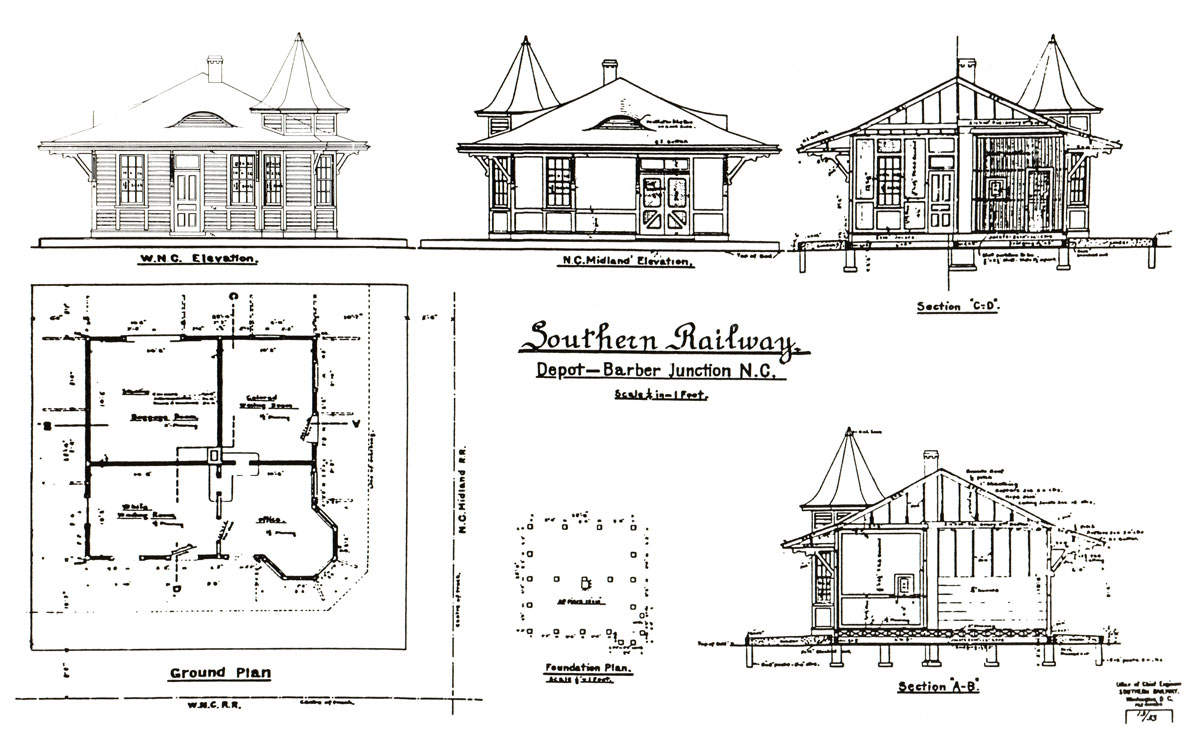
from Southern Railway Depots - Volume 1 - North Carolina
/ collection

 he BARBER JUNCTION depot was built in 1896 where Southern's Salisbury-Asheville (originally Western North Carolina Railroad) and Winston-Salem-Charlotte (originally N. C. Midland Railroad) lines cross. The wood frame building originally had a granite roof with galvanized iron gutters and a galvanized iron finial atop the corner tower. The platforms and walkways surrounding it were cinder. Inside, a slat partition consisting of 7/8 by 2 1/2 inch slats 1 1/2 inches apart (including a slat door) separated the white waiting room from the office.
he BARBER JUNCTION depot was built in 1896 where Southern's Salisbury-Asheville (originally Western North Carolina Railroad) and Winston-Salem-Charlotte (originally N. C. Midland Railroad) lines cross. The wood frame building originally had a granite roof with galvanized iron gutters and a galvanized iron finial atop the corner tower. The platforms and walkways surrounding it were cinder. Inside, a slat partition consisting of 7/8 by 2 1/2 inch slats 1 1/2 inches apart (including a slat door) separated the white waiting room from the office.
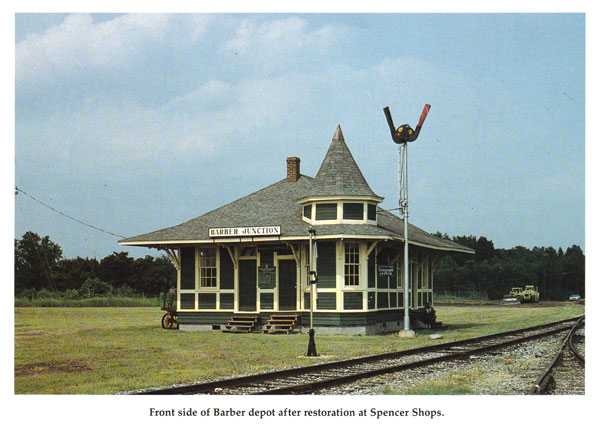 The station designation was later changed to just Barber, although most people continued to call it Barber Junction. It was eliminated as a passenger stop in 1968.
The station designation was later changed to just Barber, although most people continued to call it Barber Junction. It was eliminated as a passenger stop in 1968.
A comparison of the original construction plans with later photos shows that on the side next to the Salisbury-Asheville line the window next to the tower was replaced with a door (providing a direct outside access for the office) and the eyebrow dormer roof vent was removed. A short platform shed was also added on this side later but removed sometime after January 1972.
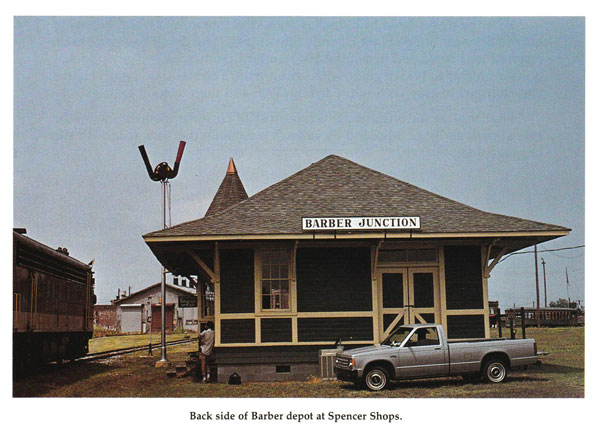 After being replaced by a smaller brick structure in 1975 it was moved to nearby Spencer Shops State Historic Site in 1980. The depot has since been restored and repainted in Southern's standard paint scheme for wood sta- tions from 1925 to 1945 of green with yellow trim. The standard paint scheme was changed to gray with white trim in 1945 and then to solid gray. Note that on the original plans (courtesy of Historic Spencer Shops) the side shown as "N.C. Midland Elevation" is actually the back side with the baggage door.
After being replaced by a smaller brick structure in 1975 it was moved to nearby Spencer Shops State Historic Site in 1980. The depot has since been restored and repainted in Southern's standard paint scheme for wood sta- tions from 1925 to 1945 of green with yellow trim. The standard paint scheme was changed to gray with white trim in 1945 and then to solid gray. Note that on the original plans (courtesy of Historic Spencer Shops) the side shown as "N.C. Midland Elevation" is actually the back side with the baggage door.
Southern Railway Depots - Volume 1 - North Carolina - Ralph Ward
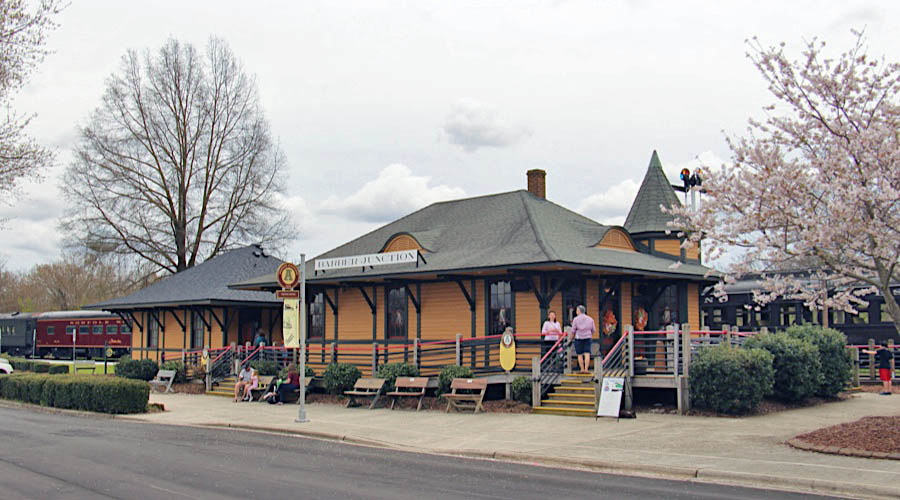
Spencer, NC / Mar 2018 / RWH
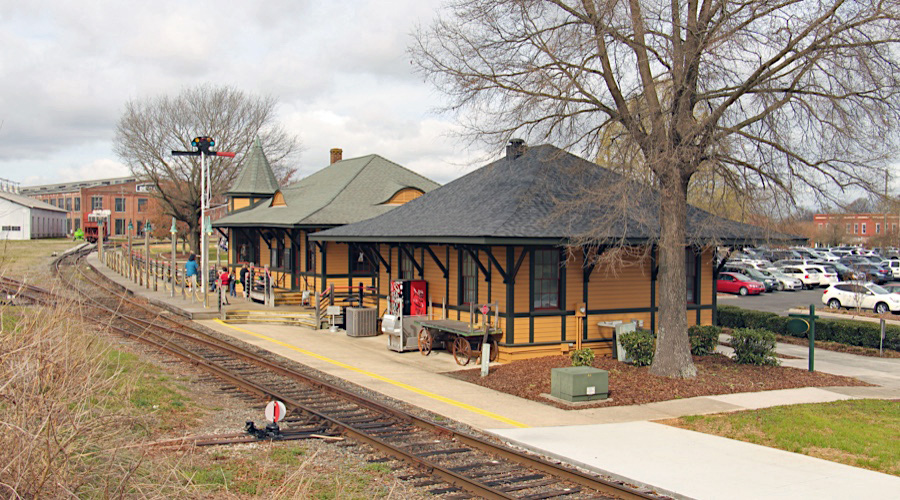
Spencer, NC / Mar 2018 / RWH
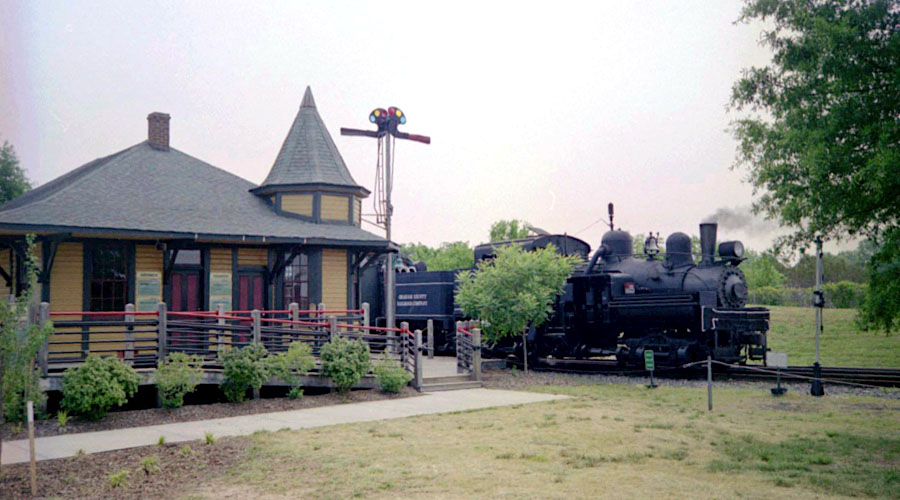
Spencer, NC / May 2001 / JCH
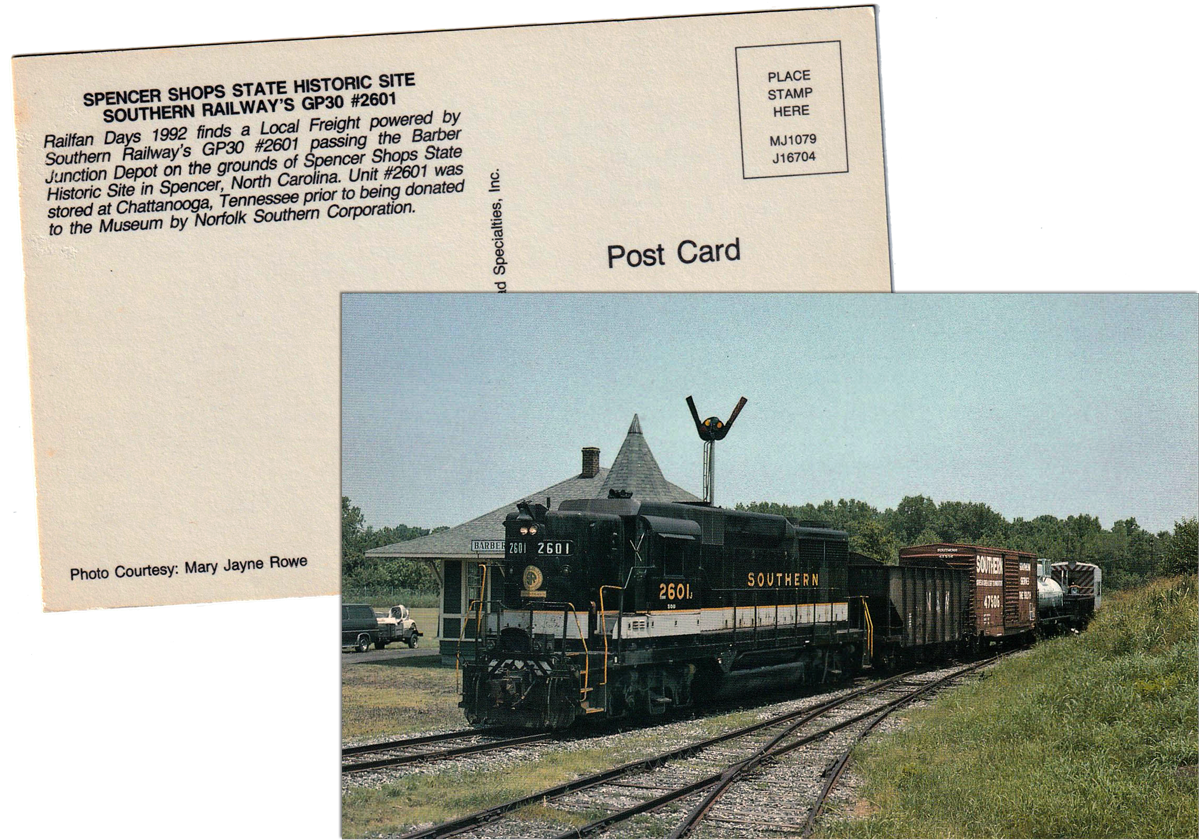
postcard / collection
 Back Shop
Back Shop
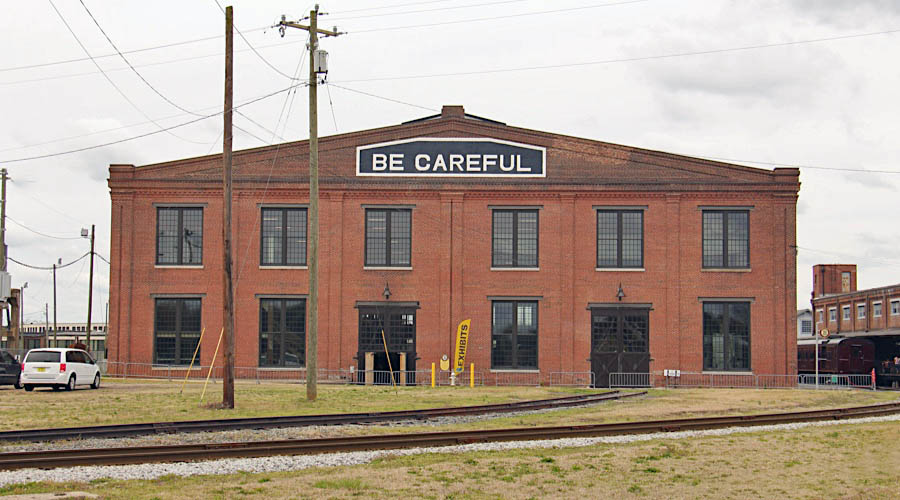
Spencer, NC / Mar 2018 / RWH

 he immense Back Shop structure was built in 1905 and served as the major overhaul facility for steam locomotives. The largest structure on the site, and once the largest industrial building in North Carolina, the Back Shop served as an enormous machine shop where locomotives were disassembled with the aid of a crane. Lathes and milling machines were used to re-machine the parts before everything was reassembled. At the peak of activity, two to three locomotives per week emerged as new from the Back Shop.
he immense Back Shop structure was built in 1905 and served as the major overhaul facility for steam locomotives. The largest structure on the site, and once the largest industrial building in North Carolina, the Back Shop served as an enormous machine shop where locomotives were disassembled with the aid of a crane. Lathes and milling machines were used to re-machine the parts before everything was reassembled. At the peak of activity, two to three locomotives per week emerged as new from the Back Shop.
Today, in the context of the N.C. Transportation Museum, the Back Shop is seen as an ideal location to tell the story of North Carolina's transportation history. This building is large enough to house trains, trucks, automobiles and aircraft in a protected, enclosed environment. Classrooms and meeting spaces will provide opportunities for community outreach and engagement.
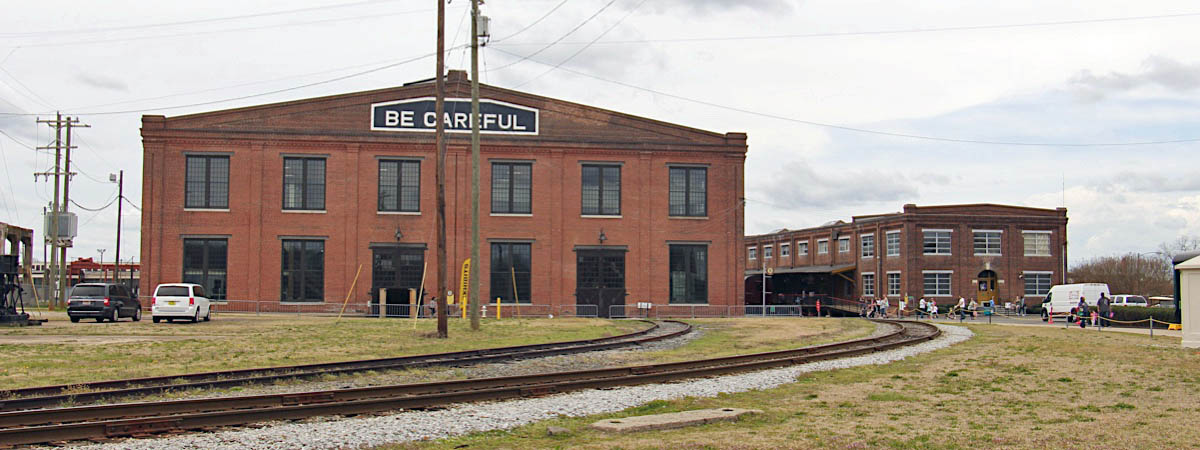
Spencer, NC / Mar 2018 / RWH
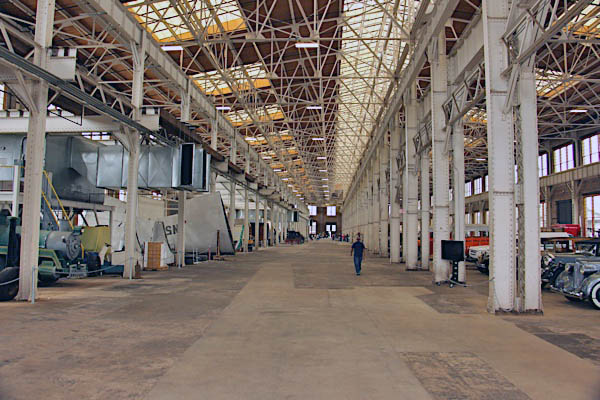
Mar 2018 / RWH
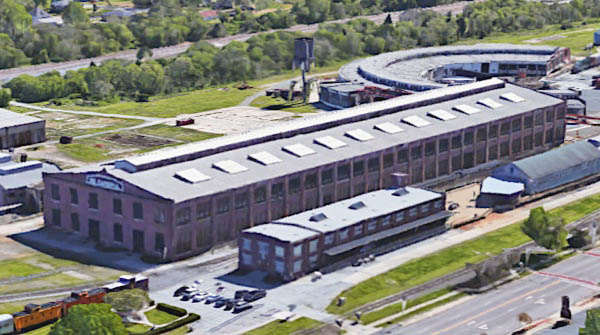
Google Maps
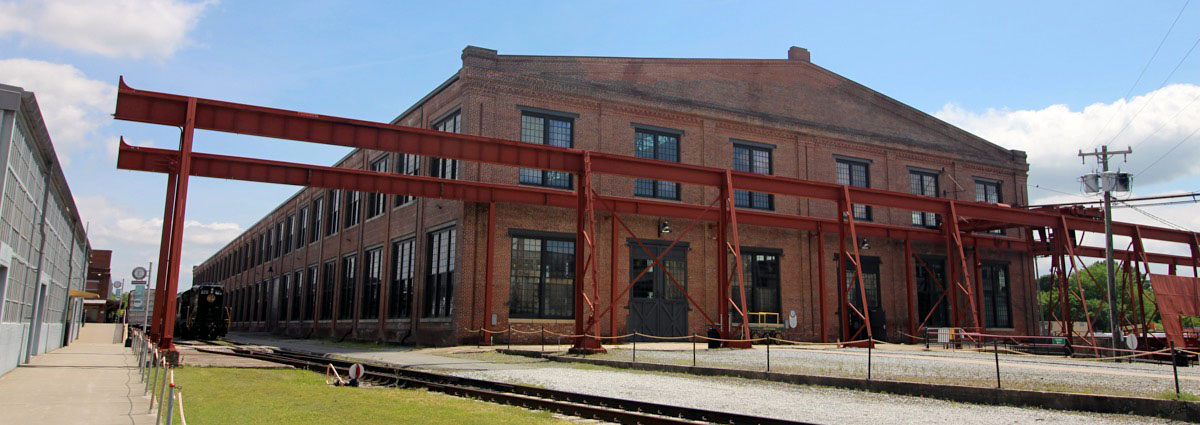
Spencer, NC / Apr 2025 / RWH

Spencer, NC / Mar 2018 / RWH
 Roundhouse
Roundhouse
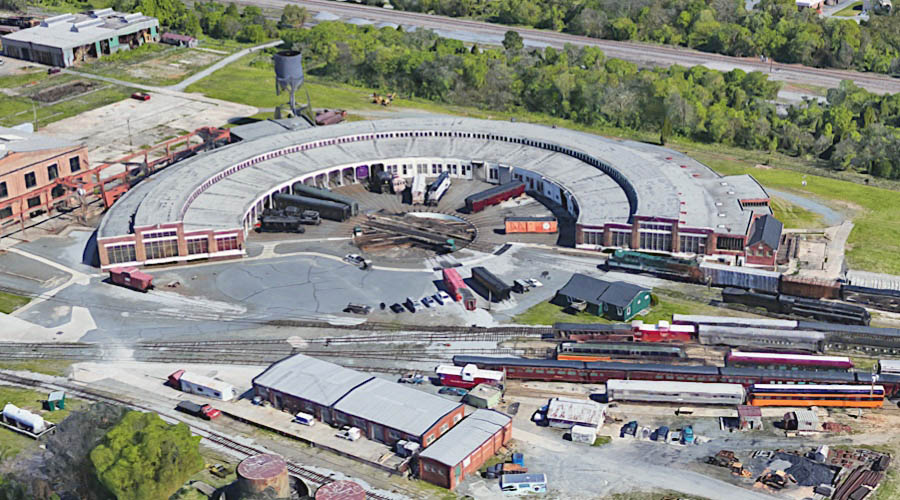
Google Maps
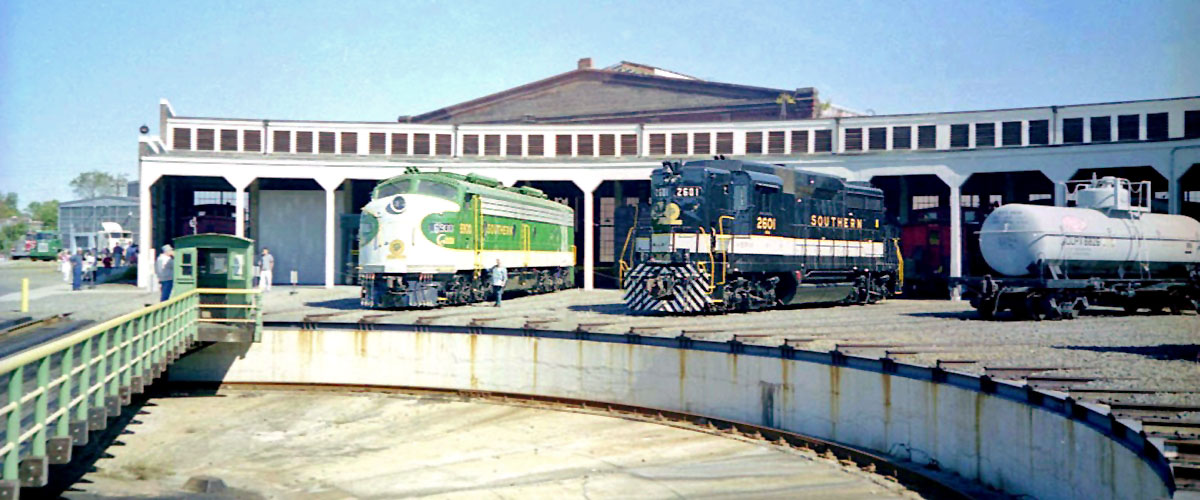
Spencer, NC / Oct 2000 / JCH
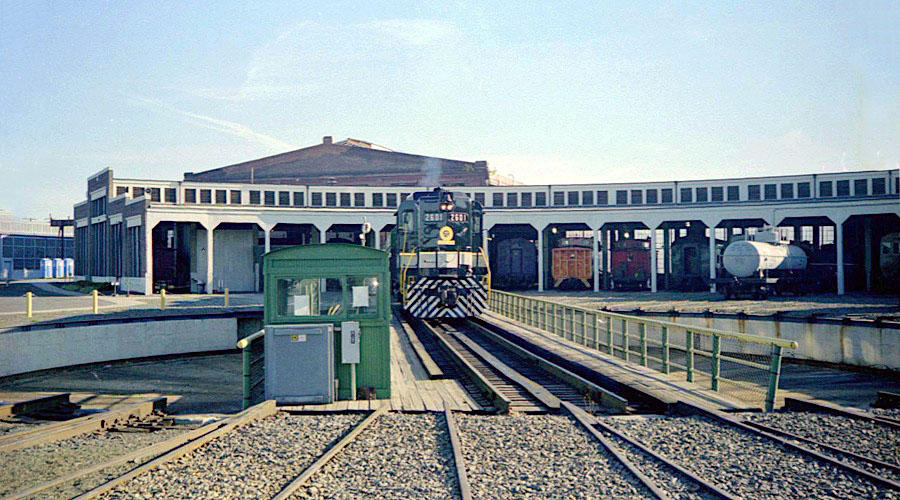
Spencer, NC / Oct 2000 / JCH

 he 37-bay Bob Julian Roundhouse, one of the largest remaining such structures, was built in 1924 and is one of the few preserved roundhouses remaining in the country. The building houses about 40 restored locomotives and rail cars.
Exhibits at the Roundhouse focus on the lives of the men who made Spencer Shops run and the history of railroads in North Carolina. Stop by the orientation room to get a map of the building, watch the orientation film, and ride the 100-foot turntable.
The Bob Julian Roundhouse was dedicated as a Historical Mechanical and Engineering Landmark by the American Society of Mechanical Engineers March 19, 2011.
he 37-bay Bob Julian Roundhouse, one of the largest remaining such structures, was built in 1924 and is one of the few preserved roundhouses remaining in the country. The building houses about 40 restored locomotives and rail cars.
Exhibits at the Roundhouse focus on the lives of the men who made Spencer Shops run and the history of railroads in North Carolina. Stop by the orientation room to get a map of the building, watch the orientation film, and ride the 100-foot turntable.
The Bob Julian Roundhouse was dedicated as a Historical Mechanical and Engineering Landmark by the American Society of Mechanical Engineers March 19, 2011.

Spencer, NC / Mar 2018 / RWH
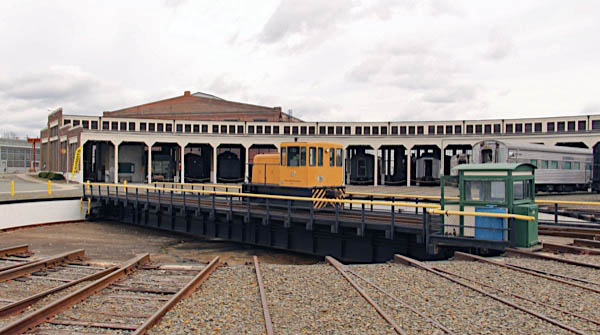
Spencer, NC / Mar 2018 / RWH

Spencer, NC / May 2001 / JCH

Spencer, NC / Mar 2018 / RWH

Spencer, NC / Mar 2018 / RWH

postcard / collection
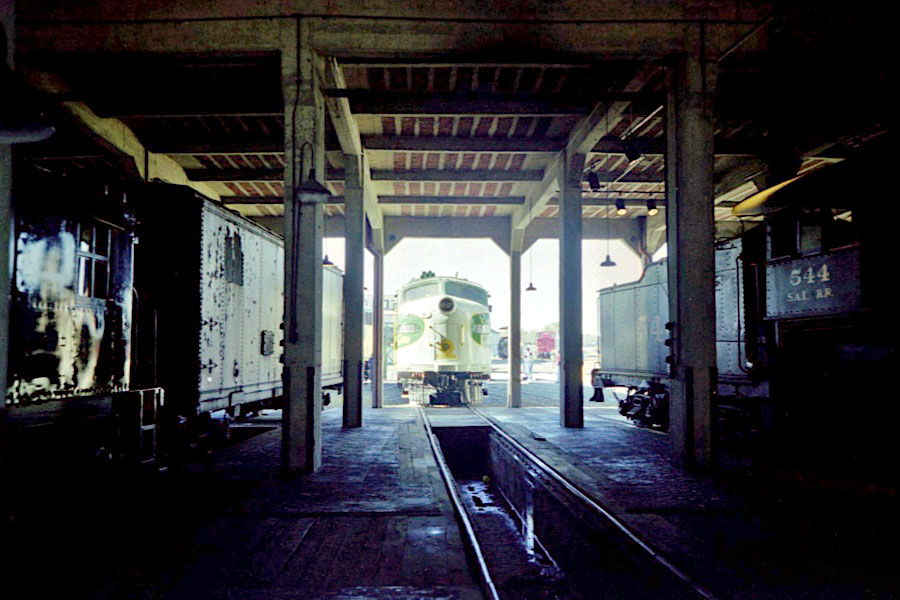
Spencer, NC / Oct 2000 / JCH

Mar 2018 / RWH
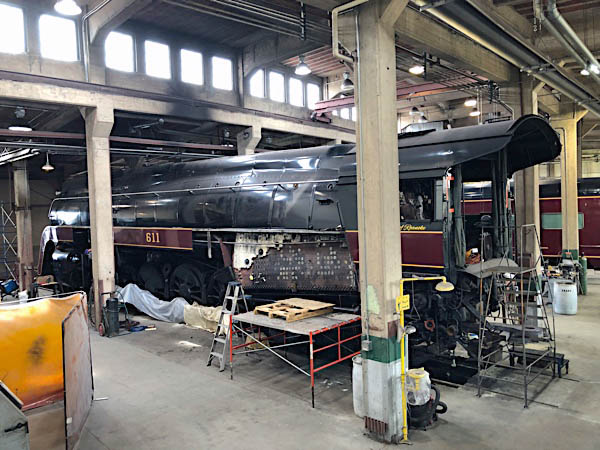
Mar 2018 / RWH
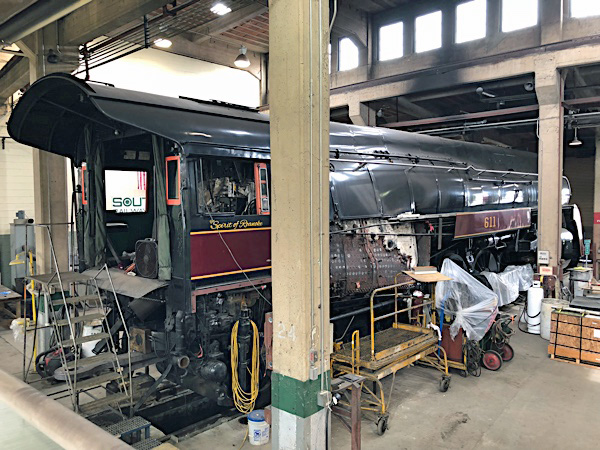
Mar 2018 / RWH
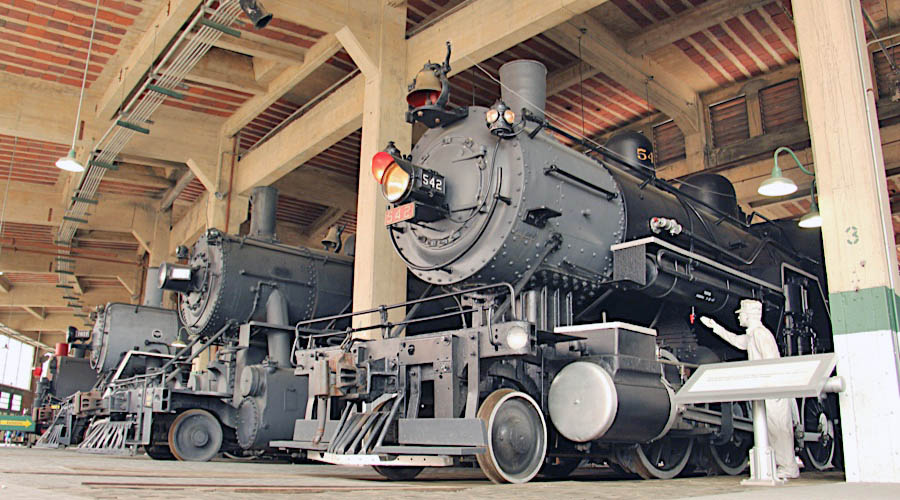
Mar 2018 / RWH
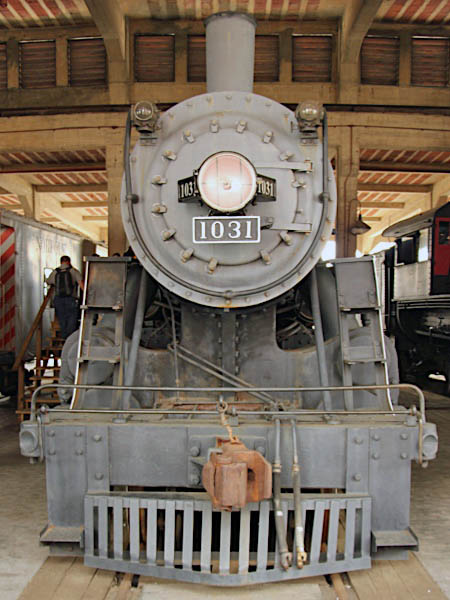
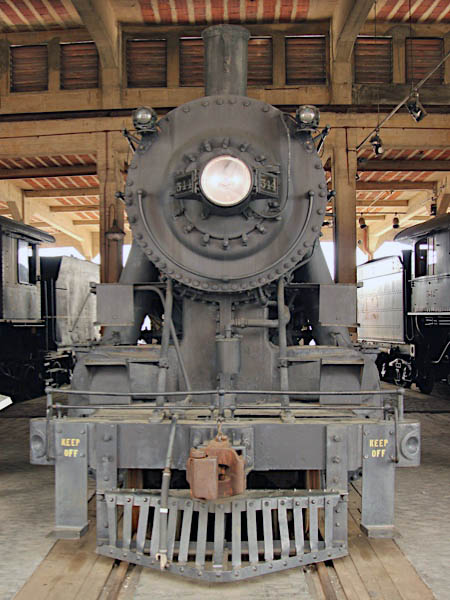
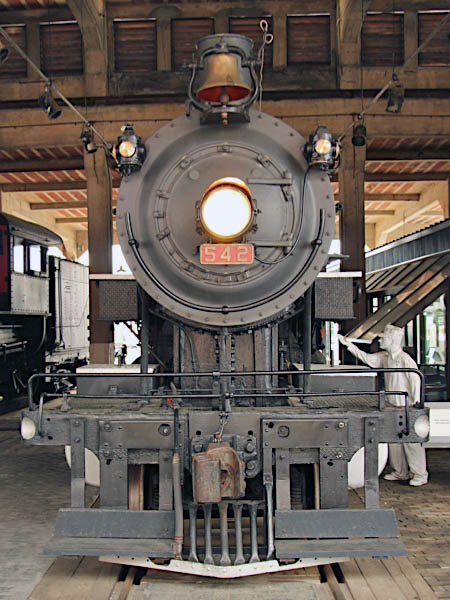
Mar 2018 / RWH

Apr 2025 / RWH

Apr 2025 / RWH
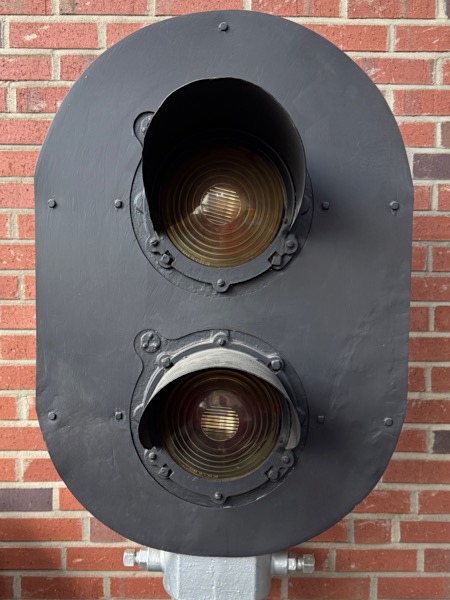
Apr 2025 / RWH
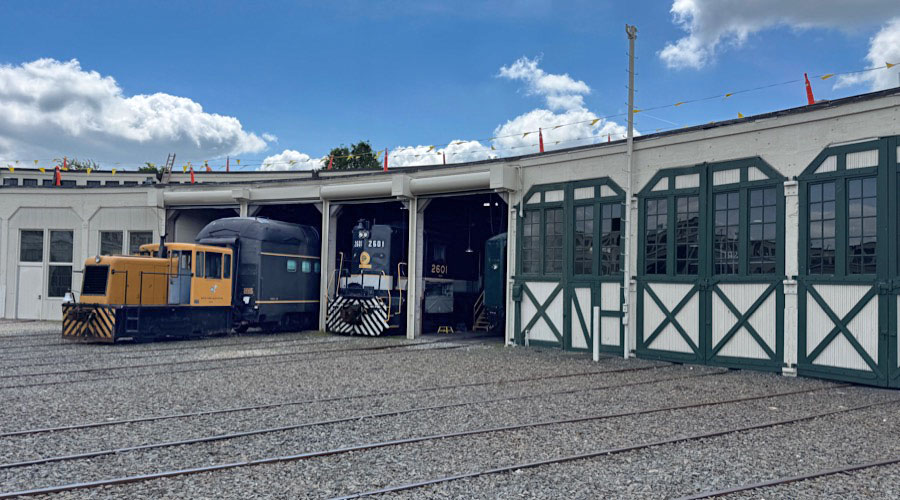

Spencer, NC / Apr 2025 / RWH

Spencer, NC / Apr 2025 / RWH

Spencer, NC / Apr 2025 / RWH
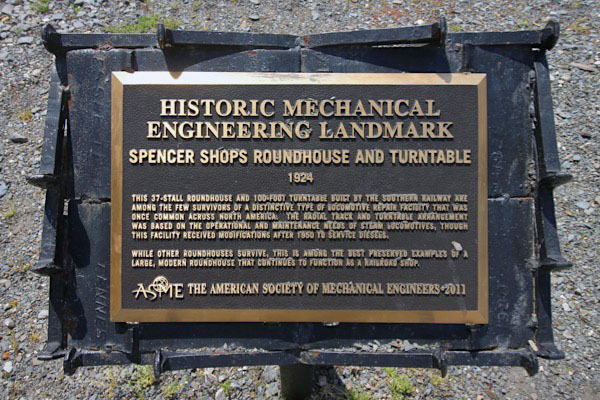
Apr 2025 / RWH
 Master Mechanic's office
Master Mechanic's office
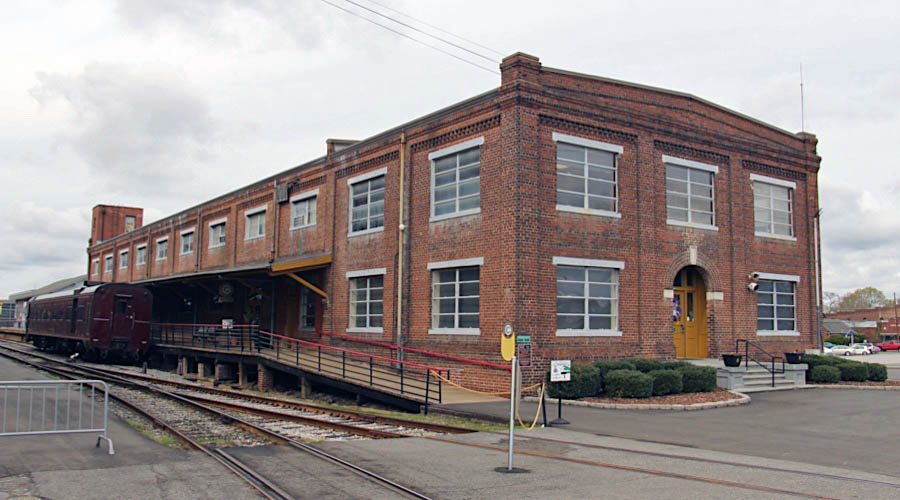
Spencer, NC / Mar 2018 / RWH
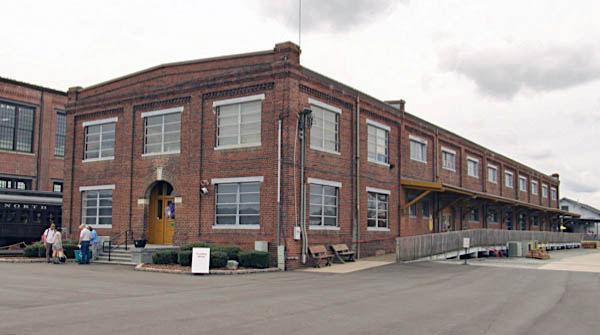
Spencer, NC / Mar 2018 / RWH

Oil House
Spencer, NC / Mar 2018 / RWH

Spencer, NC / Apr 2025 / RWH
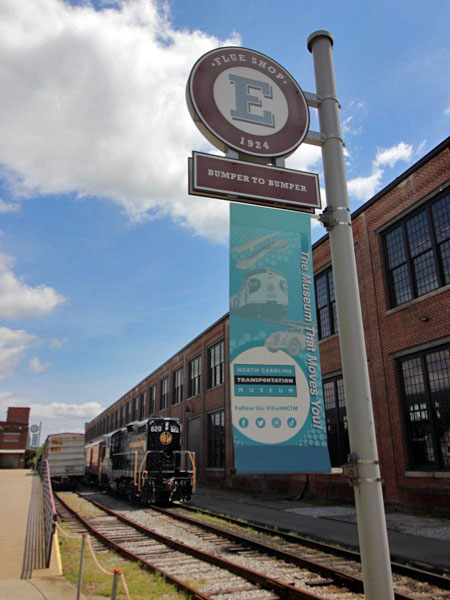
Apr 2025 / RWH
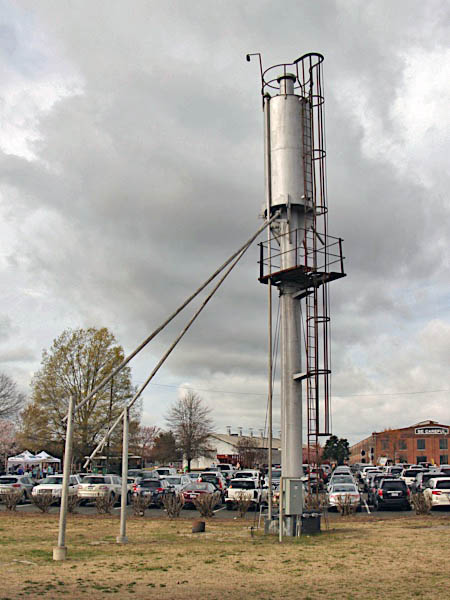
Mar 2018 / RWH
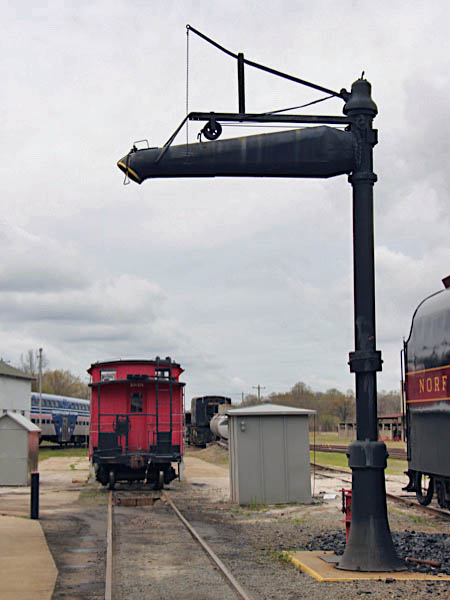
Mar 2018 / RWH
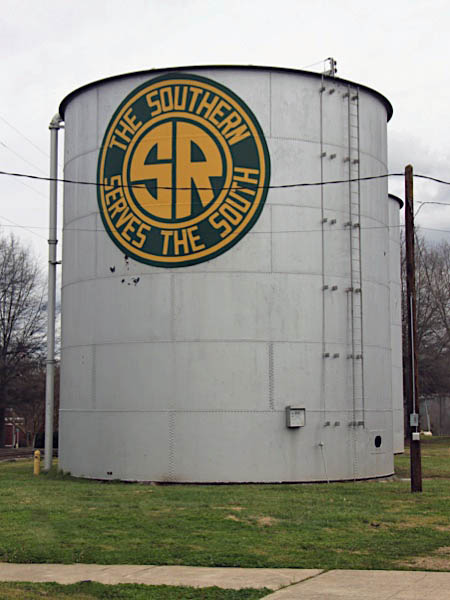
Spencer, NC / Mar 2018 / RWH

Spencer, NC / Aug 1989 / RWH
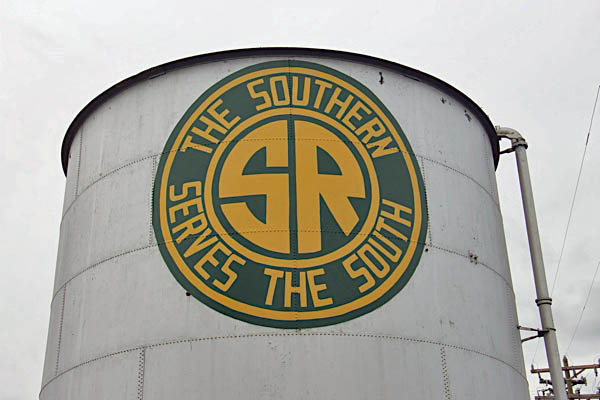
Spencer, NC / Mar 2018 / RWH
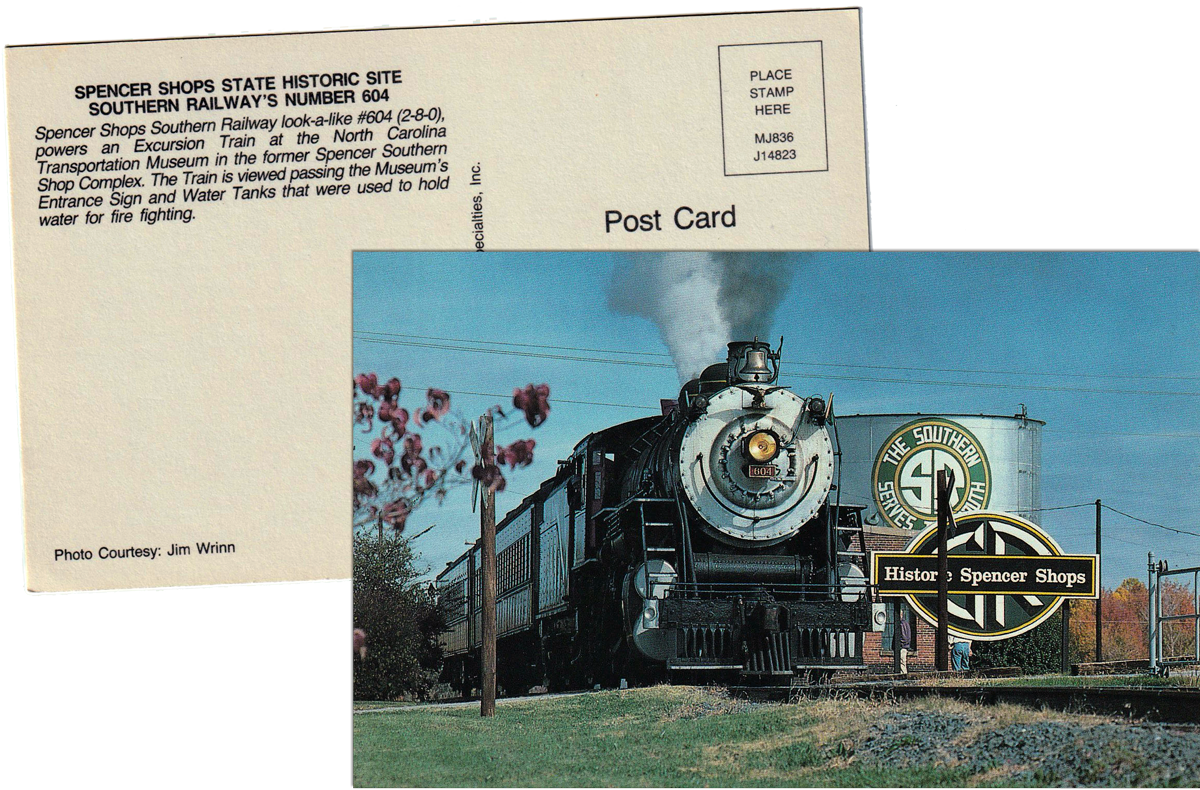
postcard / collection
